I went to Madagascar in 2014 not really knowing what to expect except that I would find lemurs there. It’s a destination that’s not as widely covered on the Internet and I didn’t know anyone who’d actually visited the country. That made me even more excited to to visit somewhere off-the-beaten-path that hasn’t become overrun with tourists and jetsetting influencers.
One of the reasons Madagascar isn’t as visited by tourists is because it can be a fairly expensive place to get to and due to the infrastructure it’s not as easy to travel around. If you do go, the easiest way to get around is by booking a tour, which I’ll discuss in the guide. It’s the kind of destination that’s popular with middle aged travelers who have a bit more cash to spend and are happy staying in resorts and taking organized tours. The island is definitely not geared towards backpackers who stay in hostels.
I was fortunate enough to be invited there by Air France, who were looking to promote their flight routes to Madagascar from the UK via Paris. We flew into Antananarivo, took an internal flight to Morondava with Air Madagascar and then visited the Kirindy Reserve to spot dancing lemurs. We then flew back to Antananarivo to explore Andasibe National Park and the tropical rainforest Reserve of Analamazaotra. Aside from a terrible bout of food poisoning (which I actually got from the food at a high-end hotel and not from all the delicious street food I tried) I had a mostly wonderful time in Madagascar.
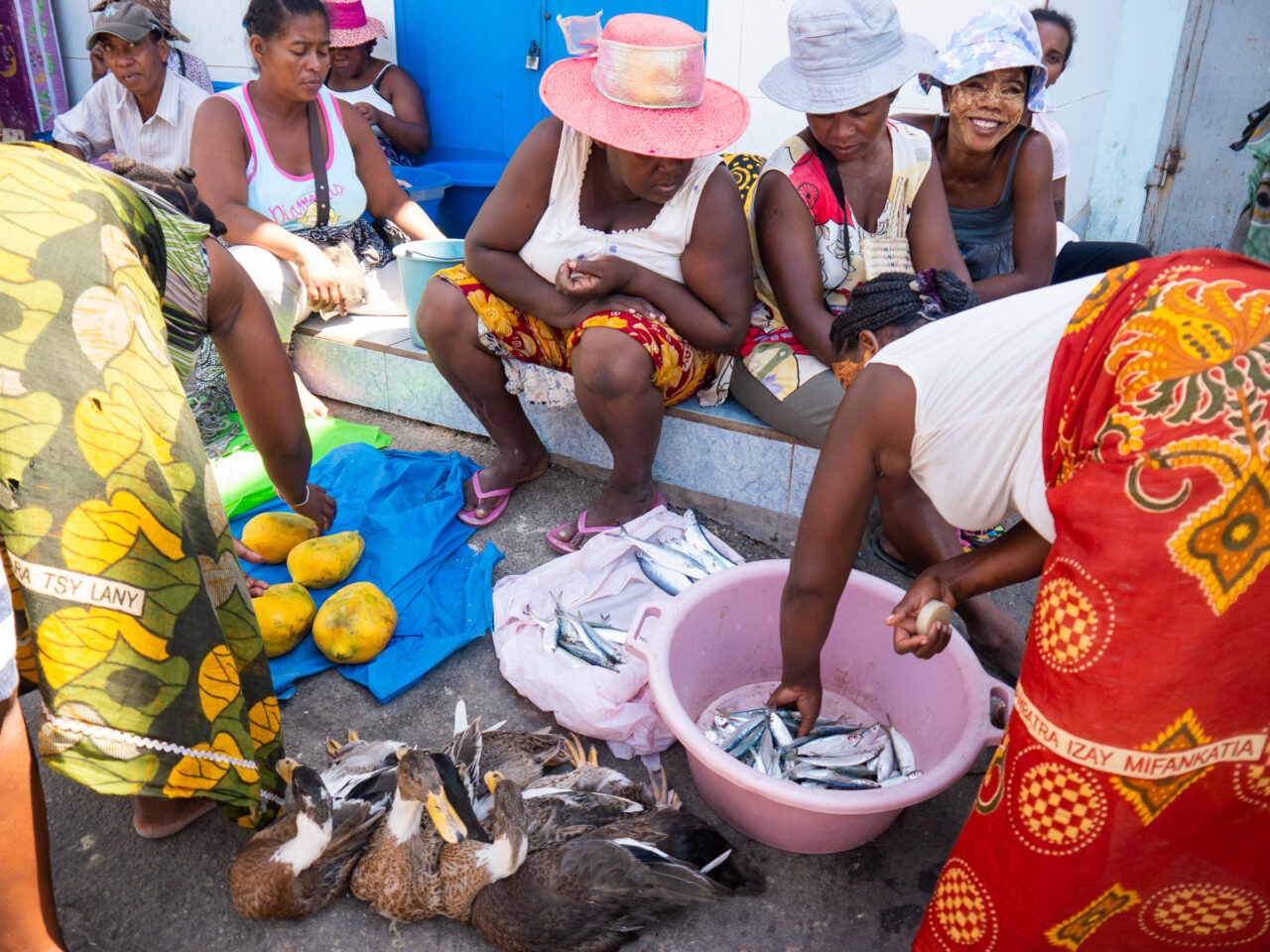
It was certainly not like the animated movie Madagascar, although I would advise you to watch it to get in the mood before your trip! However, we did see so many lemurs, including actual dancing ones! The beaches we saw were beautiful and the scenery at the Avenue of the Baobabs was like nothing I’d seen before. A lot of the trip centered around nature and wildlife, and of course, white sandy beaches.
What I wasn’t prepared for perhaps was the extent of poverty in Madagascar, particularly in Antananarivo. I’ll explain more as we get deeper into the guide but let’s just say, I wouldn’t advise walking around the city at night, even in a group.
Planning a trip to Madagascar takes a little more effort than most destinations but it’s still possible. Read on for more information about things to do in Madagascar, how to get there and how to get around.
- What is Madagascar like?
- Planning a trip to Madagascar: How to get there
- Getting around Madagascar
- Best Madagascar Tours
- Places to visit and things to do in Madagascar
- Avenue of the Baobabs
- Discover Morondava
- Betany/Betania Fishing Village
- Kirindy Reserve
- Andasibe National Park
- Meet Chameleons at the reserve of Peyreiras
- Lemur Island and Vakona Forest Lodge
- Visit of the Reserve of Analamazaotra
- General Madagascar Travel Tips
- Is Madagascar safe?
- What is the food like in Madagascar?
- Where to Stay in Madagascar
What is Madagascar like?
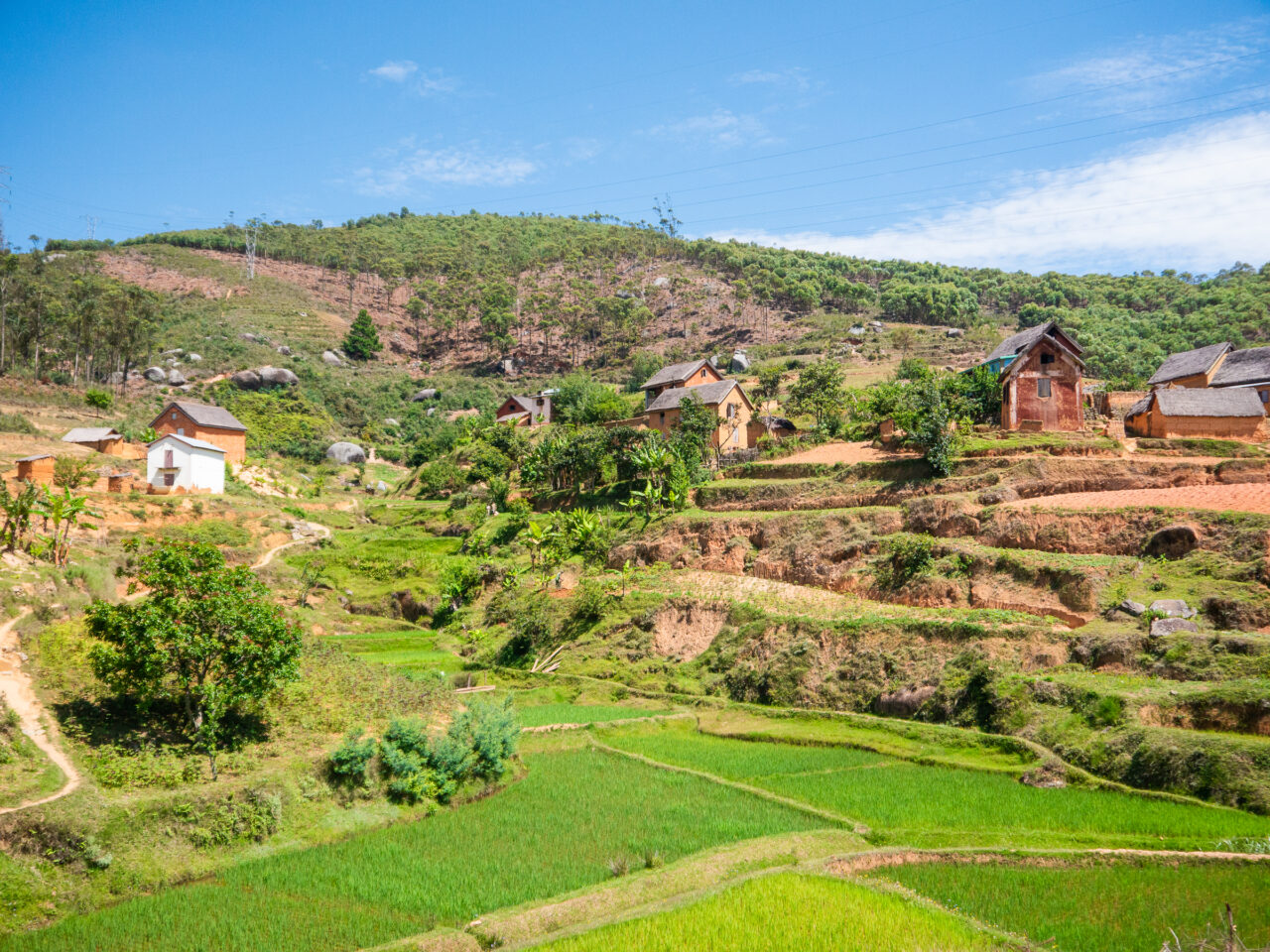
Located in the Indian Ocean around 400km off the coast of East Africa, the Republic of Madagascar is the world’s second largest island country. At 592,800 square kilometres the island is big and it’s difficult to get around, with very bumpy roads. Sadly, the country is ravaged by poverty and corruption.
It is, however, one of the most biodiverse places in the world due to the fact that the island split off from the Indian subcontinent around 88 million years ago. Most of the plants and animals evolved in isolation and today over 90% of Madagascar’s wildlife can’t be found anywhere else on Earth! Visiting Madagascar is like stepping into a David Attenborough documentary, with so many weird and wonderful creatures to meet.
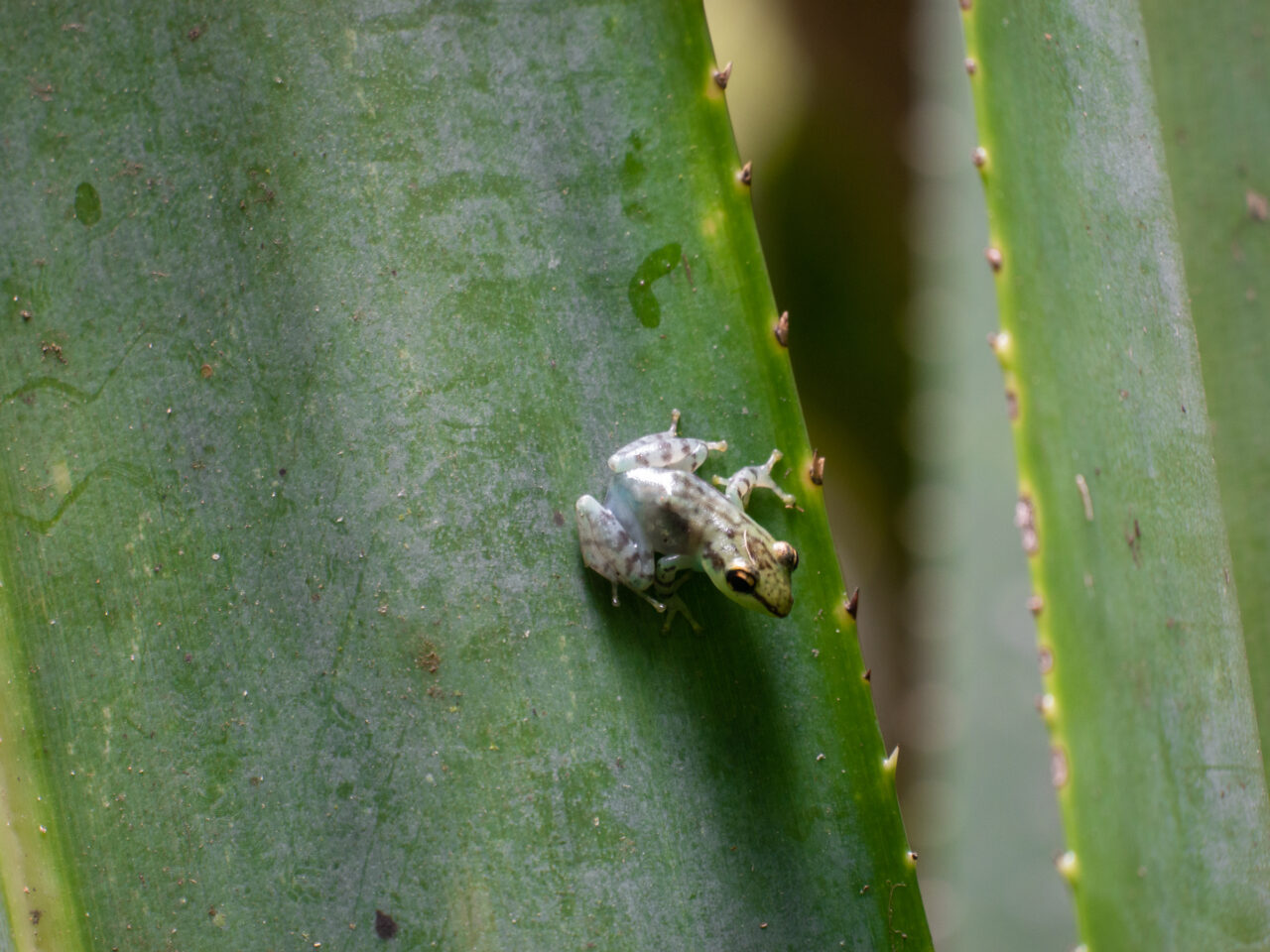
Although Madagascar is geographically close to Africa, its culture is quite unique. The country’s first settlers were Austronesian peoples, arriving from what is now Indonesia. They were later joined by Bantu migrants from East Africa who crossed the Mozambique Channel around the 9th century AD. Over the years other groups continued to migrate to Madagascar, each one contributing to the Malagasy culture that you see today.
The island has a diverse and beautiful landscape; in the south you’ll find a dry desert landscape with baobab trees, while in the East you’ll find humid, tropical rainforests. The Central Highlands are characterized by terraced, rice-growing valleys lying between grassy hills and patches of subhumid forests.
Planning a trip to Madagascar: How to get there

In order to get to Madagascar you’ll need to fly there to either Antananarivo or Fascene. Antananarivo is the country’s capital and where you’ll most likely fly into. Most visitors are granted a 30-day visa on arrival when landing in the country.
I always check Kayak, Momondo and Google Flights when booking trips. Compare flight prices to see what works for you.
Getting to Madagascar from the UK:
I flew to Madagascar with Air France from Manchester, via Paris. Air France flies to Antananarivo in Madagascar from 14 UK Airports, via Paris-Charles de Gaulle Airport. Return fares start from £818, including taxes and fees.
Travel to Madagascar from the US:
Below you can see I did a random search on Google Flights for round-trip flights from New York to Antananarivo. In July the price would be $1,779 round trip with Delta/Air France (they are codeshare partners) and the journey takes around 20 hours. The flight has 1 stop at Paris Charles de Gaulle airport. Cheapest fares I’ve seen from NYC to Antananarivo are about $1239 round-trip.
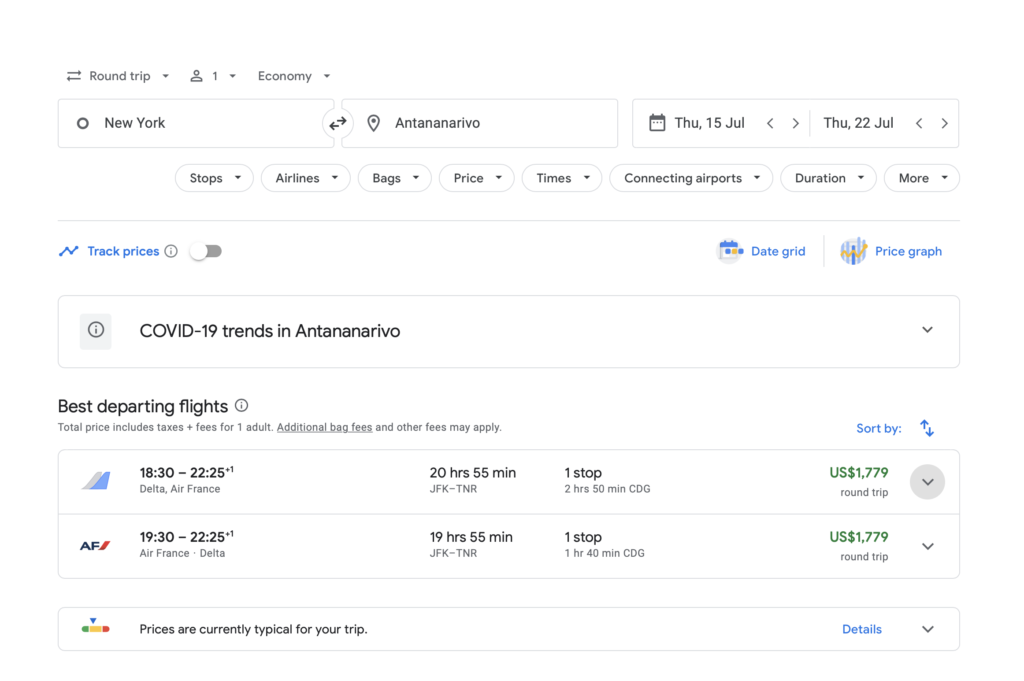
To travel from the US to Madagascar you’ll most likely fly Air France/Delta to get to Paris and then onwards to Antananarivo. If flights are too expensive, you could look at flying any budget airline to Paris and then booking a separate ticket on Air France from Paris to Antananarivo. French Bee for example offers very cheap flights from New York and San Francisco to Paris Orly, then you could spend a night in Paris and fly out of Charles de Gaulle.
You’ll also find a multitude of full-service airlines that fly direct from the U.S to Paris Charles de Gaulle, including United, American Airlines, British Airways, Iberia, Lufthansa and Finnair. If you’re flexible with dates and book in advance, you can snag a cheap flight to Paris for as low as $340 round-trip.
From Paris, round-trip fares to Antananarivo with Air France start at around $628 but can run much higher depending on the time of year.
If you’re a travel hacker like me, I’d recommend signing up for one of the the Delta Skymiles Credit Cards, which allows you to earn Delta miles every time you spend using the card at grocery stores, restaurants, gas stations and when you do your online shopping. If you use it for your everyday spending and use the Delta Skymiles shopping Chrome extension, you can earn even earn bonus points that can all be used to redeem for free flights (minus taxes). Since Delta partners with Air France, you could easily collect enough miles to fly to Madagascar from the U.S.
Getting around Madagascar
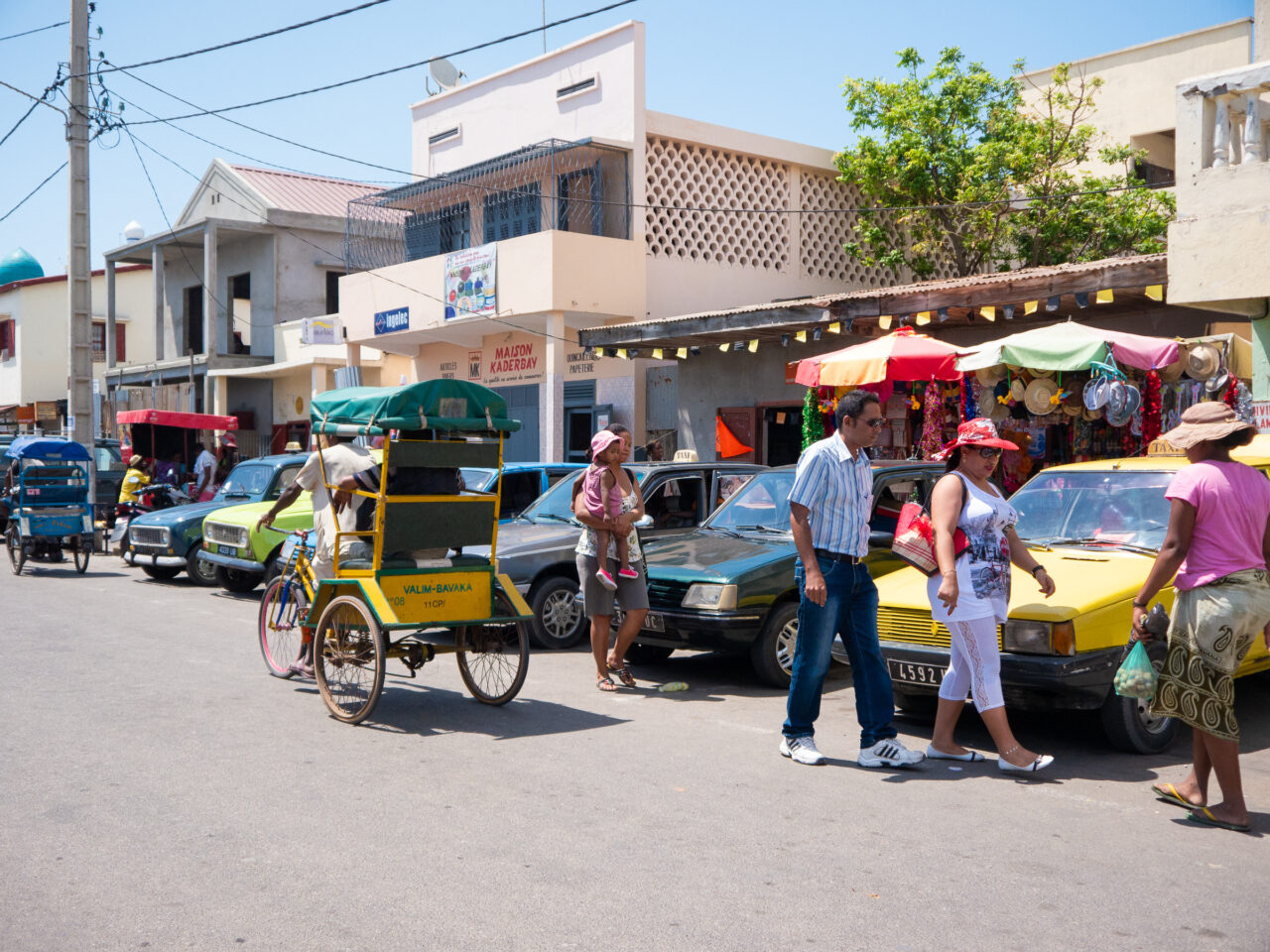
One of the most convenient ways to get around Madagascar is by taking a tour (I’ll discuss some options below), or alternatively, you could rent a car or hire a driver. Public transportation exists and is very cheap but it’s not very reliable so I wouldn’t really suggest that as an option. The public taxis called taxis brousse or taxi-be are small minivans that run a regular service but whether they stick to the timetable is another story. Often they only depart when they are completely crammed with people or sometimes they don’t even show up at all.
Driving in Madagascar
Madagascar is known for having a poor infrastructure with bumpy roads that have lots of potholes. It can take forever to get from A to B, even if the distance looks short on the map. However, things are improving and several of the major routes (RN2, RN7 for example) have a tarmac surface in reasonable shape. Once you get off the major routes, be prepared for narrow dirt roads that link the towns and villages together. Also keep in mind that roads can get flooded in rainy season due to the heavy rainfall. If you’re a fearless driver, you can rent a car to get you around the island – just remember if you’re from the UK, cars in Madagascar go on the right-hand side of the road. Carjacking though is an issue, so you’d need to be particularly careful, especially when driving at night.
Hiring a driver
If you don’t want to drive but you also don’t really enjoy the feeling of being herded around in a tour group, you can hire a driver. This is what most people do and often car rental companies will only give you a car that comes with a driver.
You’ll have the flexibility to stop where you want, when you want, but you won’t have to deal with the anxiety of driving in a foreign country. If you’re traveling in a group, hiring a driver can actually be a very cost effective way of doing things. You’d usually rent the car and the driver from a local tour operator and agree on a specific route.
Domestic flights
The other option for getting around is by flying. We flew Air Madagascar between Antananarivo and Morondava because the we only had a few days and the driving time is over 11 hours. Our outbound flight was on-time but the return flight was heavily delayed.
Be aware that domestic airlines often delay or cancel flights and flights are often around $250 one-way, so keep that in mind if you’re on a budget.
Best Madagascar Tours
Around 80% of tourists usually travel around Madagascar by organized tour. There are numerous companies you can book tours with but Intrepid Travel and G Adventures are probably the best known tour companies. Madagascar tour prices cost roughly between $2200 and $4950 depending on the length of your trip and include accommodation and meals, as well as activities and transportation.
Intrepid Travel
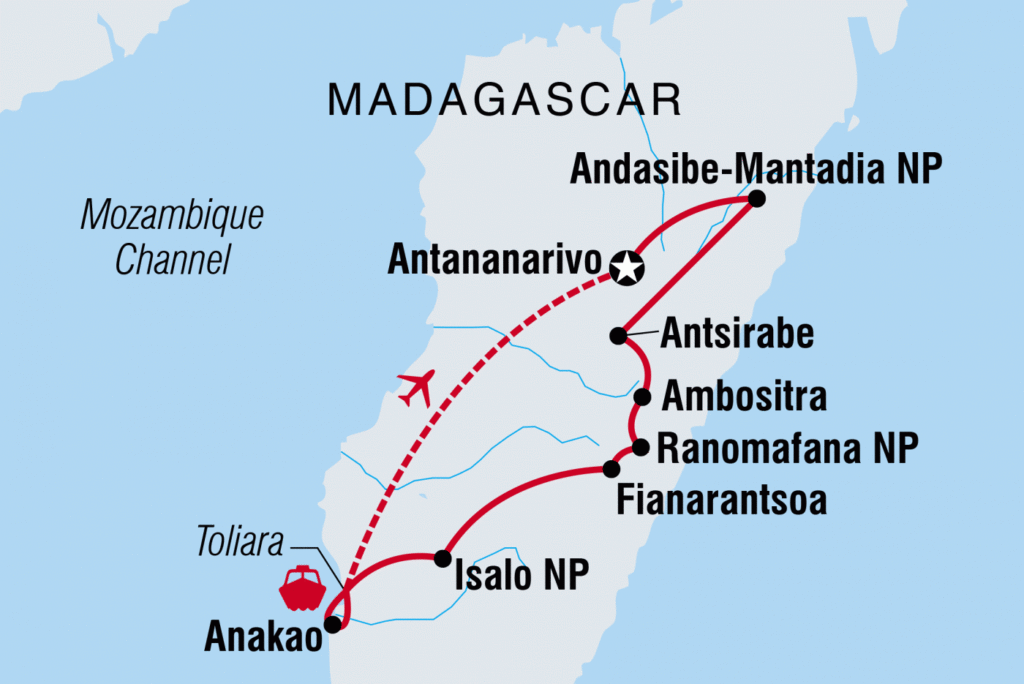
Intrepid Travel runs a variety of Madagascar tours including 11 day, 14 day and 24 day options.
As an example, their 14-day Madagascar Adventure Tour includes visits to:
- Andasibe National Park
- Antisrabe
- Ambositra
- Ranomafana
- Fianarantsoa
- Isalo National Park
- Anakao
On the trip you’ll:
- See how many species of lemur you can spot in Isalo, Anadsibe and Ranomafana national parks
- Stay in a cottage deep within Ranomafana National Park, surrounded by lush flora and fauna
- Learn about the important Malagasy process of silk production in Ambositra
- Explore the sandstone formations, deep canyons, palm-lined oases and vast grasslands of Isalo National Park
- Chill out at Anakao – an Indian Ocean beachside paradise surrounded by reefs
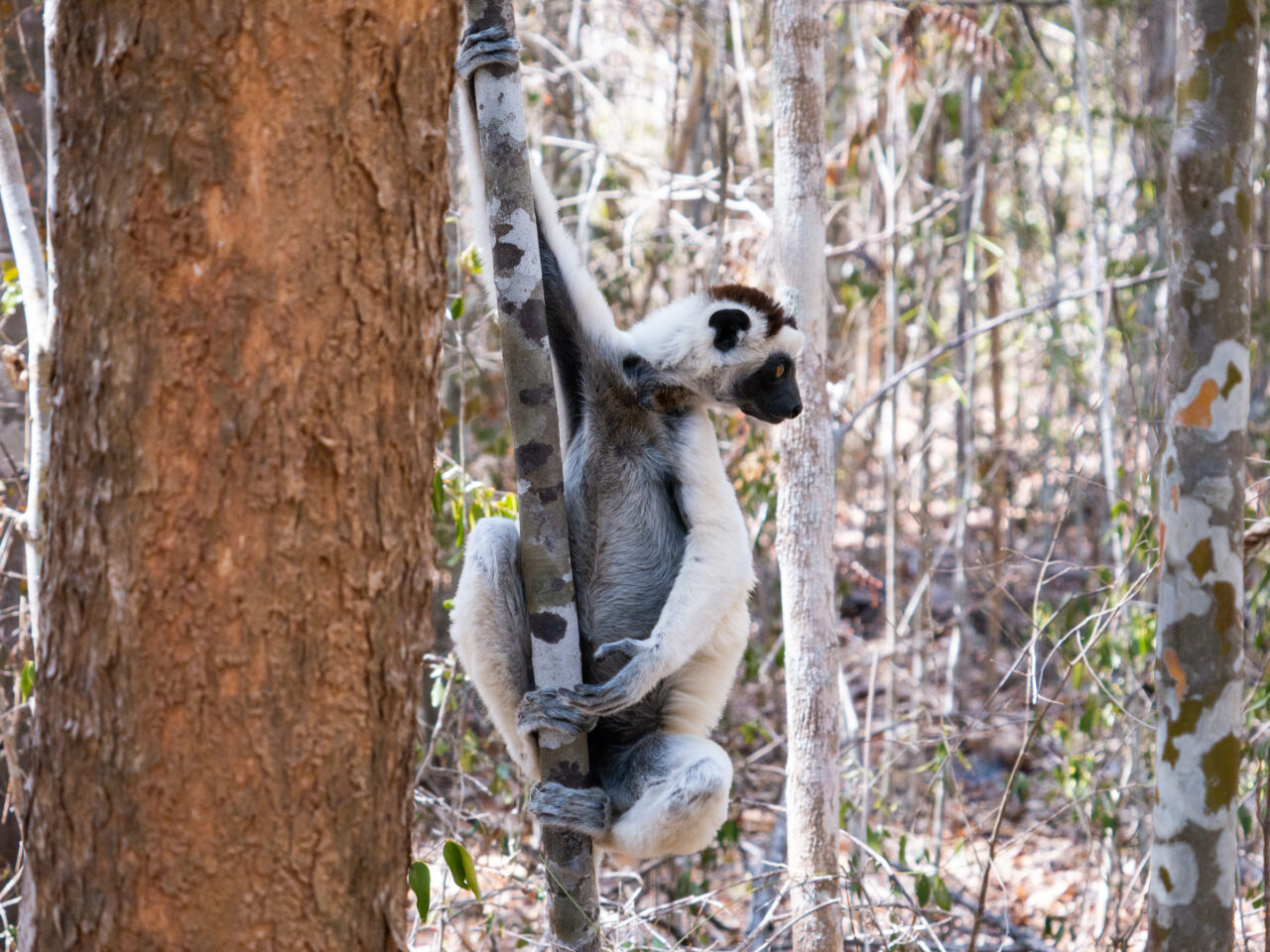
G Adventures
G Adventures runs two tours in Madagascar – “Highlights of Madagascar” and “Highlights of Madagascar – Plus”
Highlights of Madagascar is a 14 day trip starting and ending in Antananarivo. The tour includes visits to:
- Antananarivo
- Antsirabe
- Ambatonikolahy
- Ranomafana
- Ambalavao
- Isalo
- Ifaty
Places to visit and things to do in Madagascar
Madagascar is a large island and therefore there are lots of different places to explore. It’s probably best to focus your itinerary on a couple of different regions as opposed to trying to do everything. Highlights include:
Avenue of the Baobabs
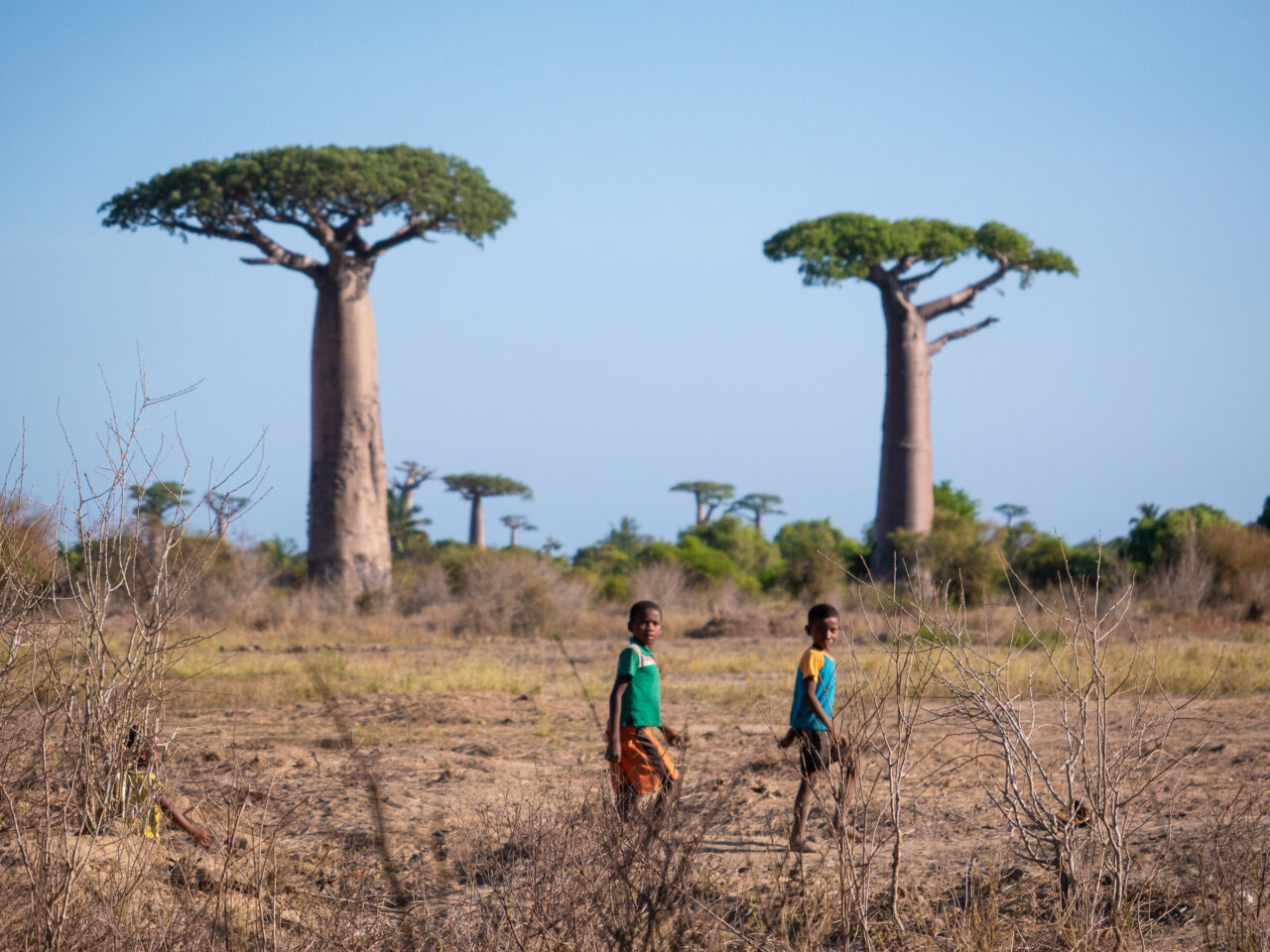
Avenue of the Baobabs is a famous spot where Baobabs are lined up along the roadside between Morondava and Belon’i Tsiribihina. This striking landscape makes for some incredible photos and looks particularly spectacular at sunset. It’s one of the most visited attractions in Madagascar and is a natural monument under conservation.. Baobab trees are endemic to Madagascar and have an unusual appearance, with wide trunks and compact broccoli-like crowns. The trees here date up to 2,800 years old.
Discover Morondava
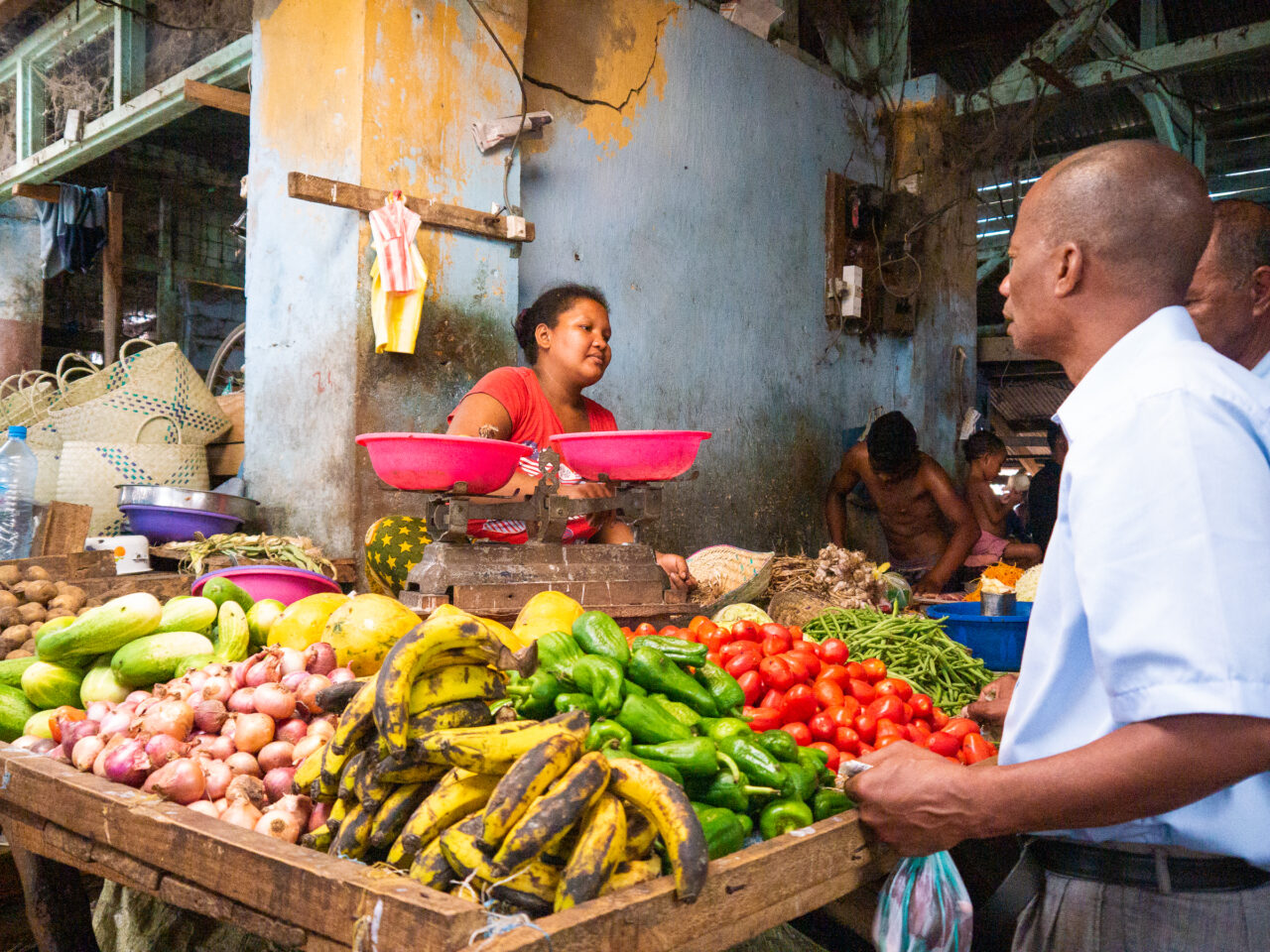
Capital of the Menabe region of Madagascar, Morondava is visited by tourists as a base for exploring the Kirindy Reserve and Avenue of the Baobabs. While we were there we visited a local market where Malagasy people buy and sell vegetables, meat and other foods. We also visited a funerary art workshop, where craftsmen make figural sculptures that are placed with the deceased of the Sakalava people. Typically the figures are birds or representations of men and women who are often depicted undressed and erotically embracing.
Betany/Betania Fishing Village
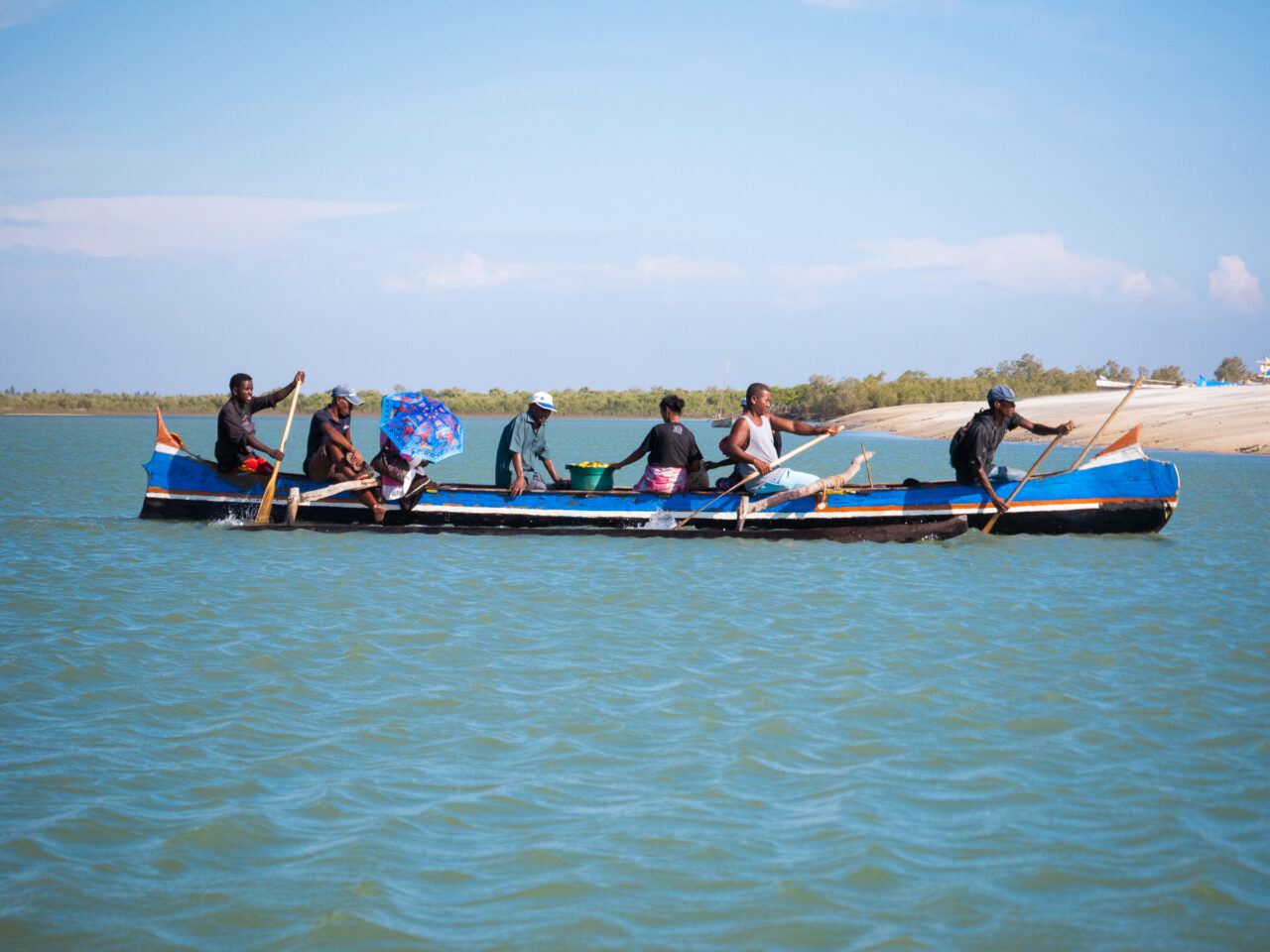
Perhaps one of my favorite experiences of Madagascar was our visit to Betany fishing village, which is a short canoe ride across the water from Morondava. It was interesting to discover the way of life for Malagasy people living on the coast. People here were very friendly and we got to see their homes and the way they fish and live off the water.
Kirindy Reserve
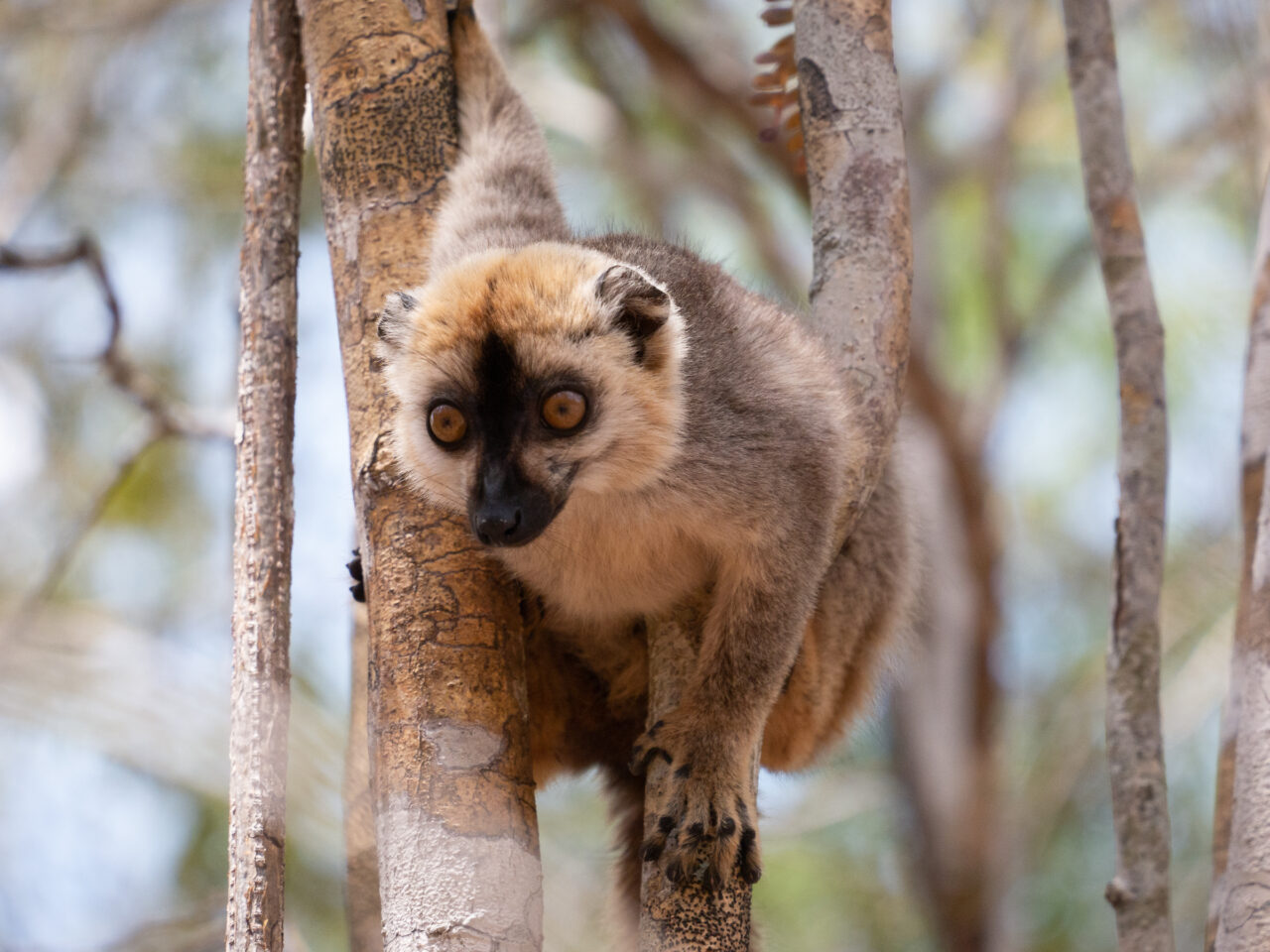
The Kirindy Reserve is a dry, deciduous forest that shelters lemurs such as Brown lemurs and the Verreaux’s Sifaka. It’s also home to many species of reptiles and birds, as well as the fossa – Madagascar’s largest carnivore. Located on the west coast of Madagascar, this reserve is one of the best spots to see the Sifaka “dancing” lemur. The lemur jumps upright on two feet as it moves from tree to tree, making it look like it’s dancing.
Andasibe National Park
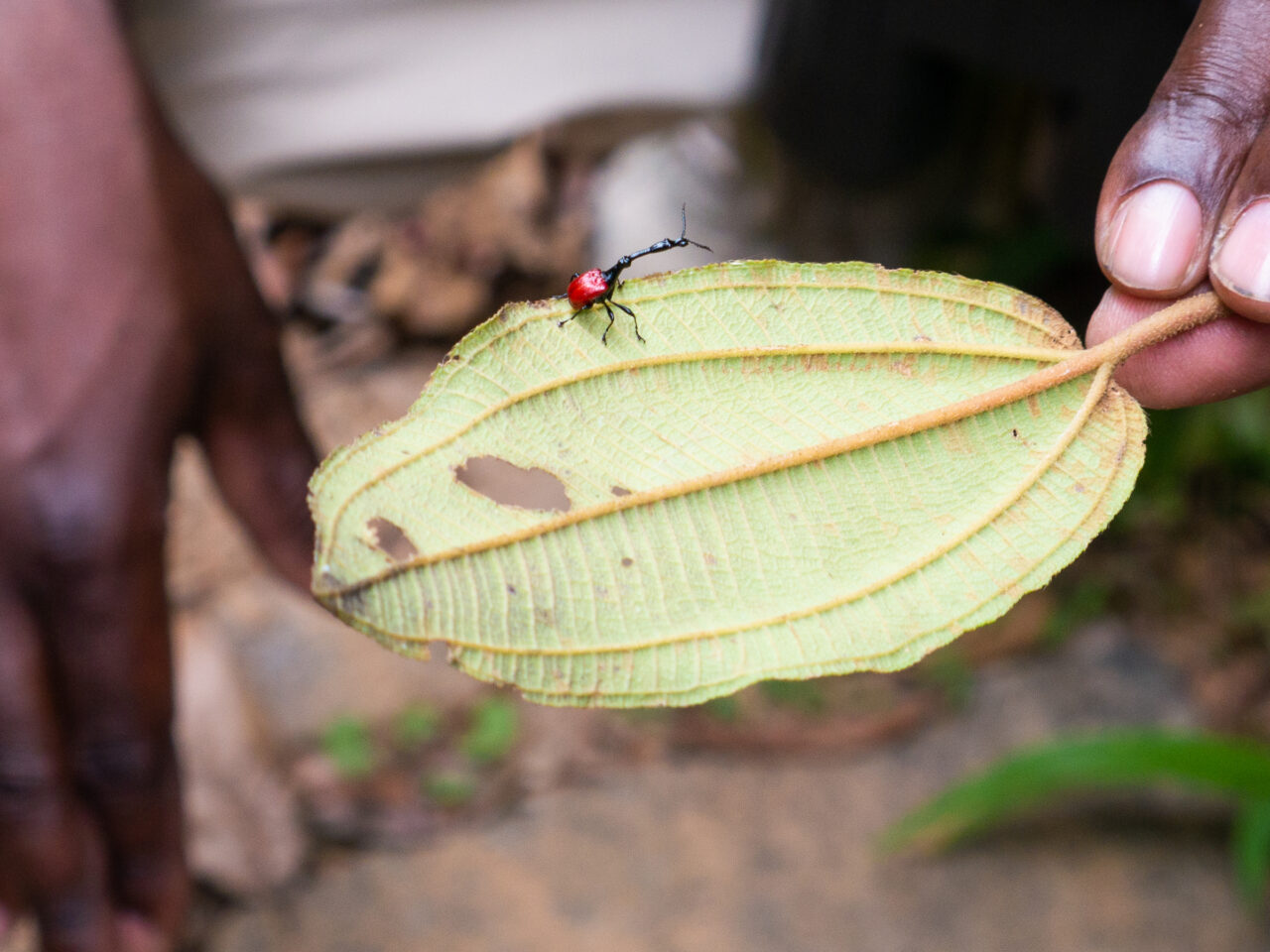
Most Madagascar tours include a visit to Andasibe National Park due to its close proximity to the capital of Antananarivo. This 55 square kilometre protected area features dense forest and lush vegetation such as moss and fern trees, as well as beautiful orchids that bloom between September and January. Tourists mainly come here to catch a glimpse of the Indri lemurs although the park is home to a diverse range of wildlife, including 15 species of mammals, over 100 species of birds and 50 species of reptiles, including chameleons and leaf-tailed geckos.
Meet Chameleons at the reserve of Peyreiras
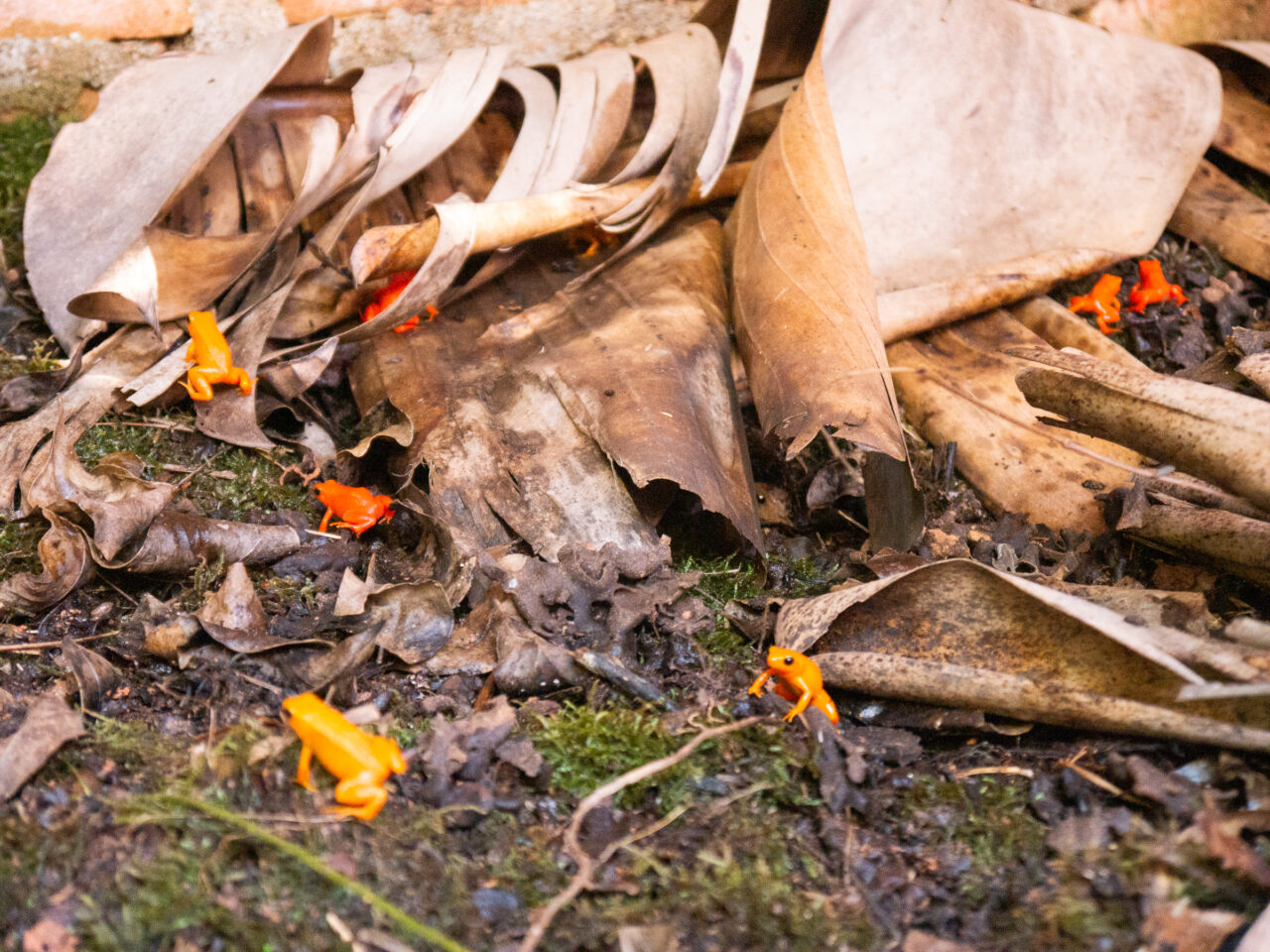
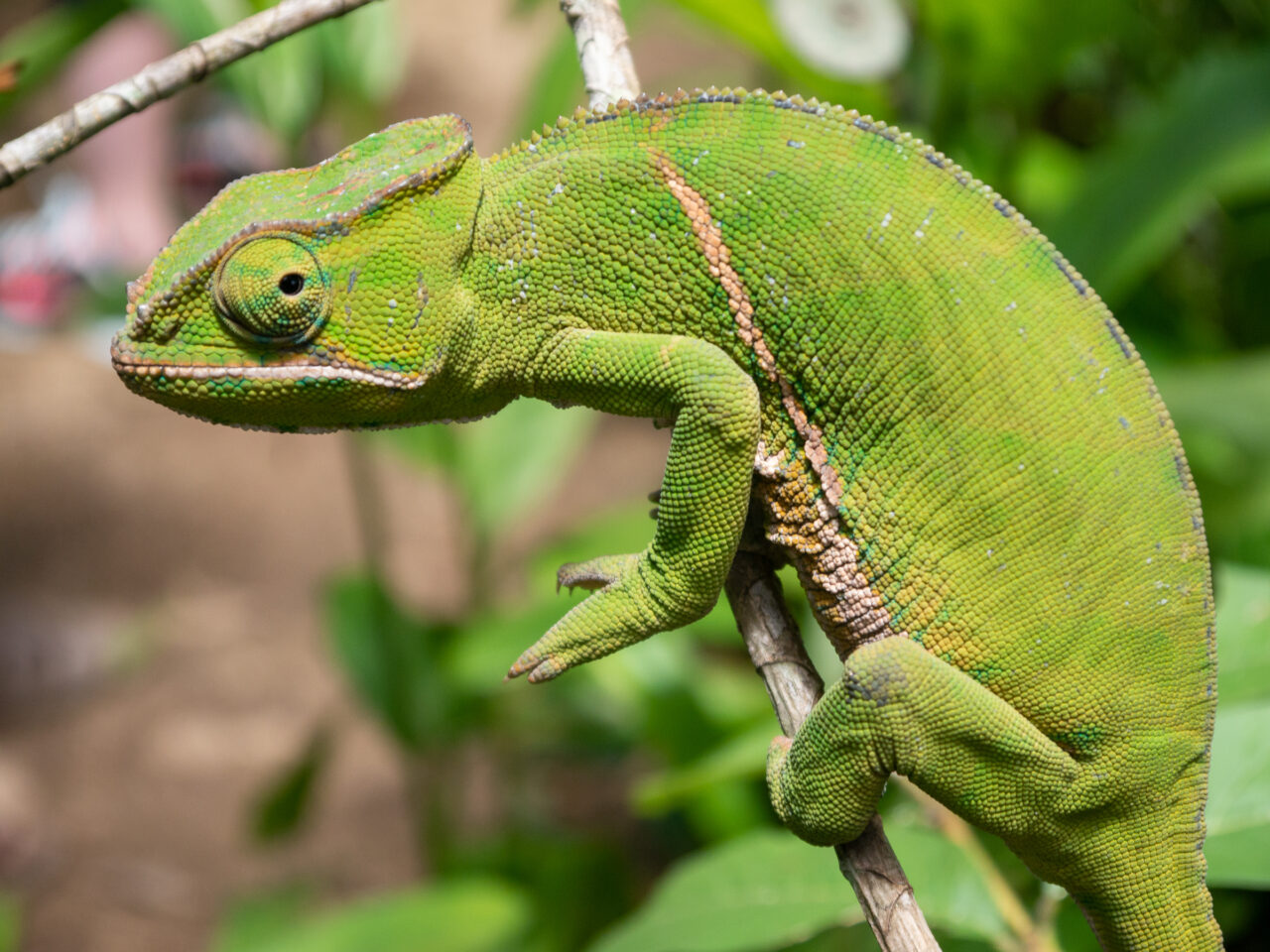
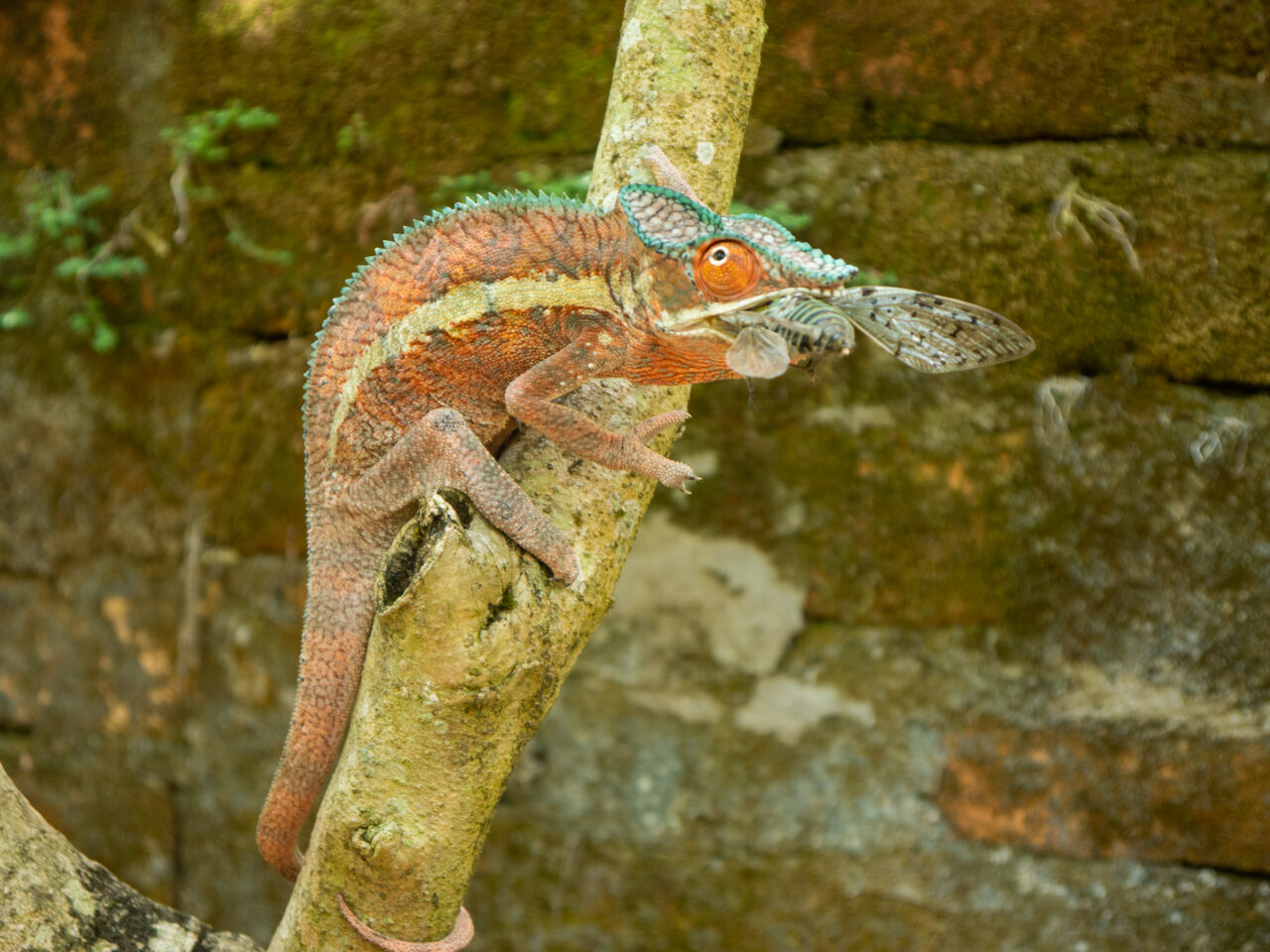
If I’m being honest, while lemurs are cute I had the most fun meeting the chameleons of Madagascar! When I visited Tunisia a man would come to the beach with a chameleon and I found it so cute that I fell in love with these little reptiles. At Peyreiras Reptile Reserve you can meet the largest Chameleon in the world – the Parsons Chameleon – as well as ultra tiny Chameleons like the Madagascar Dwarf. There are certain creatures in the world that look so colorful and peculiar that you can’t help but think – “God was having some fun when he made this one!” The reserve is a popular pitstop for tourists traveling between Antananarivo and Andasibe National Park and is owned by the French entomologist and naturalist André Peyriéras, hence the name. I loved seeing the large collection of chameleons, iguanas, geckos, frogs and butterflies here. I think you will too.
Lemur Island and Vakona Forest Lodge
Located in the Vakona forest, Lemur Island is – you guessed it – a river island inhabited by lemurs including the bamboo lemur, the black & white ruffed lemur, brown lemur and one diademed sifaka. We were told that these lemurs are rescued from the captive wildlife trade, and as they’ve been in the presence of humans so much, they can’t be fully released into the wild. The difference between this place and the reserves we visited is that we actually got to actually touch and hold the Lemurs.
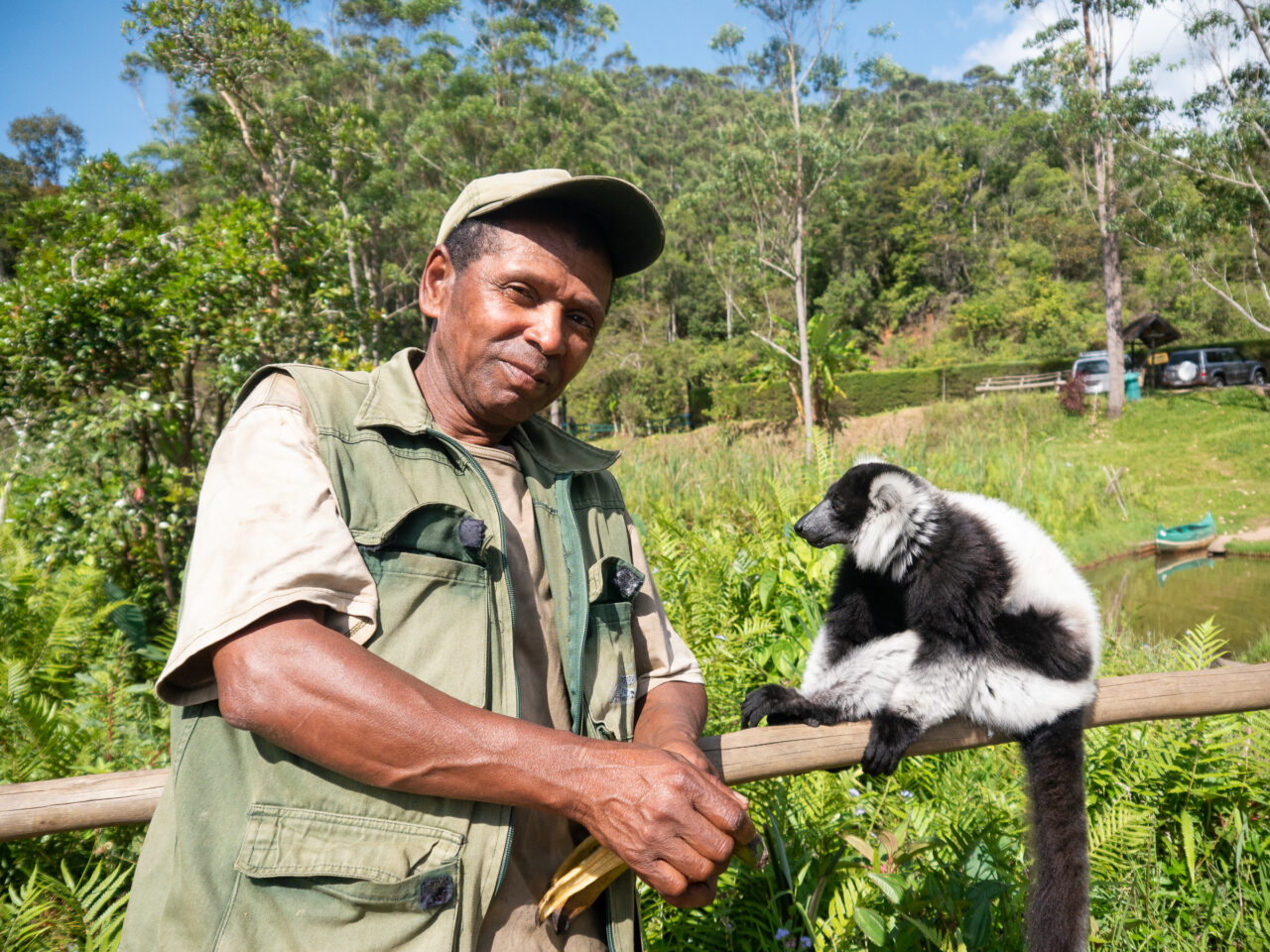
The concept of keeping animals in captivity and allowing tourists to take photos with them is a contentious topic, but I will say the lemurs seemed very healthy and they do have hectares of space to roam around (just not as much as they would in the wild). Lemurs are very cute and they’re very soft, moving through the forest like trapeze artists. They appear out of nowhere too and will suddenly dangle upside down from the trees right above you or jump on your shoulder. If you want to stay here, you can stay at the nearby Vakona Forest Lodge.
Visit of the Reserve of Analamazaotra
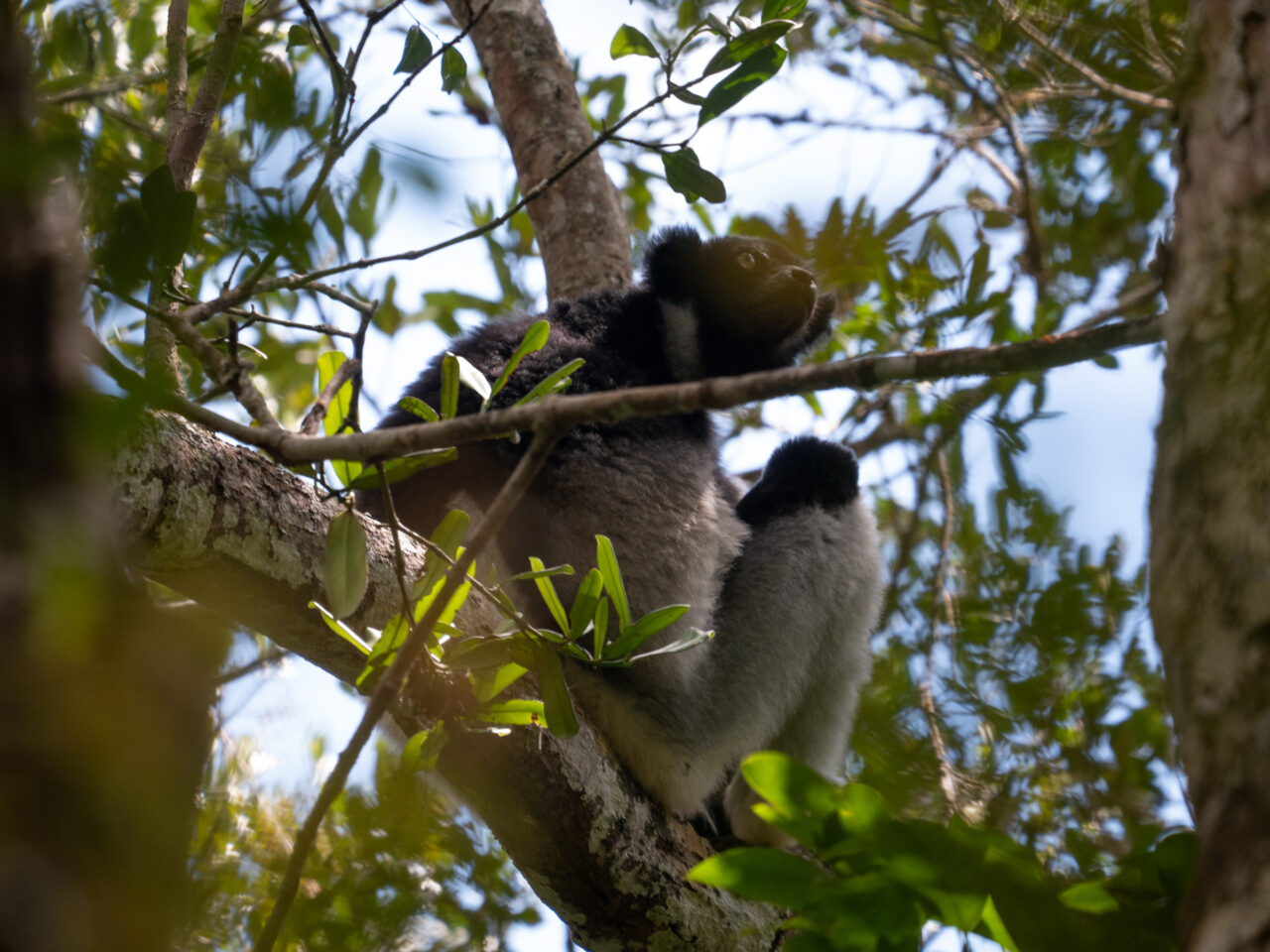
Part of Andasibe National Park, Analamazaotra is a rainforest of mid altitude where you can observe specific fauna such as the Indri-Indri (the largest lemur) and flora such as orchids and ferns. We took a guided walk through the rainforest, where our guide told us all about the Indri-Indri that live here. You can recognize these lemurs by their distinctive wail, which echoes for miles through the forest. These tree-dwellers live in family groups and there are roughly 60 resident family groups within the reserve.
General Madagascar Travel Tips
Is Madagascar safe?
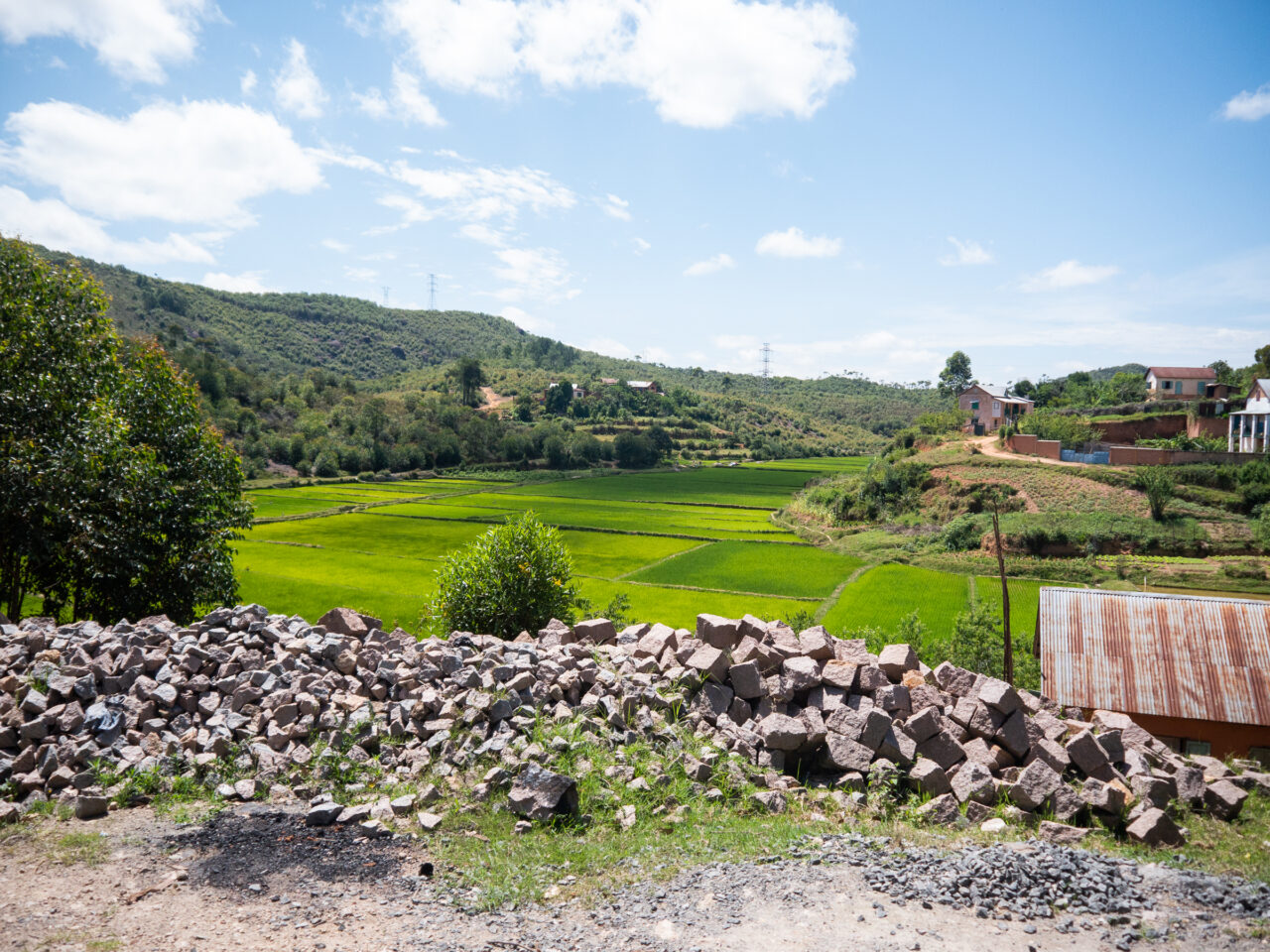
Here’s my personal experience. Most people would advise you to only travel the country with an organized tour operator or to hire a guide, and I am inclined to agree. During my tour I never felt unsafe.
But then at the end of the trip we went to Antananarivo where we stayed in the city. By this point me and my fellow journalists had decided wanted to explore on our own a bit – after all, it’s in our nature to wander. Instead of dining inside the hotel we wanted to walk to a nearby French restaurant called Cafe de la Gare, which was housed inside an old train station. Our guide looked at us cautiously and told us to be careful of our valuables but for some reason, we barely paid attention to his warning.
By this time it was dark, there are few street lights and there’s extreme poverty in Antananarivo. The streets were lined with homeless people sleeping on the streets. People and kids circled around us and tried to put their hands in our pockets. At this point we ran fairly quickly to the restaurant, but there was something else to contend with – enormous, deep potholes in the streets. And when it’s dark it’s really hard to see them.
It was a sobering experience because when we arrived at the restaurant there were expensive cars parked outside and I couldn’t help but notice the stark economic gap between the very rich and the very poor.
At the time of writing this, 70% of people live below the poverty line in Madagascar and there have been repeated bouts of political instability, including coups and violent unrest.
Crime such as robbery and theft are rife in Madagascar and there have been robbery incidents involving tourists. That’s not to say you shouldn’t travel to Madagascar (tourism is a major industry for them and many survive off money from tourists) but you should be aware of your surroundings.
Tips for staying safe in Madagascar
Don’t take your valuables out with you – Leave any valuables in a safe at your hotel. Don’t wear expensive jewelry or look like you’re rich.
Don’t walk around after dark – Just don’t make the mistake we did. Stick to daylight hours.
If you’re carrying a DSRL, use a sling – When you’re in Madagascar you’ll want to take photos of the lemurs and other wildlife, so it’s likely you’ll have DSLR equipment with you. If you do, purchase a sling so you can keep your camera close to you and easily put it away.
Don’t take photos without permission – Our guide told us to ask for permission when taking pictures of locals. The last thing you want to do is offend everybody.
Purchase travel insurance – Always make sure you travel insured. I recommend SafetyWing for long-term travelers, or World Nomads for shorter trips.
What is the food like in Madagascar?
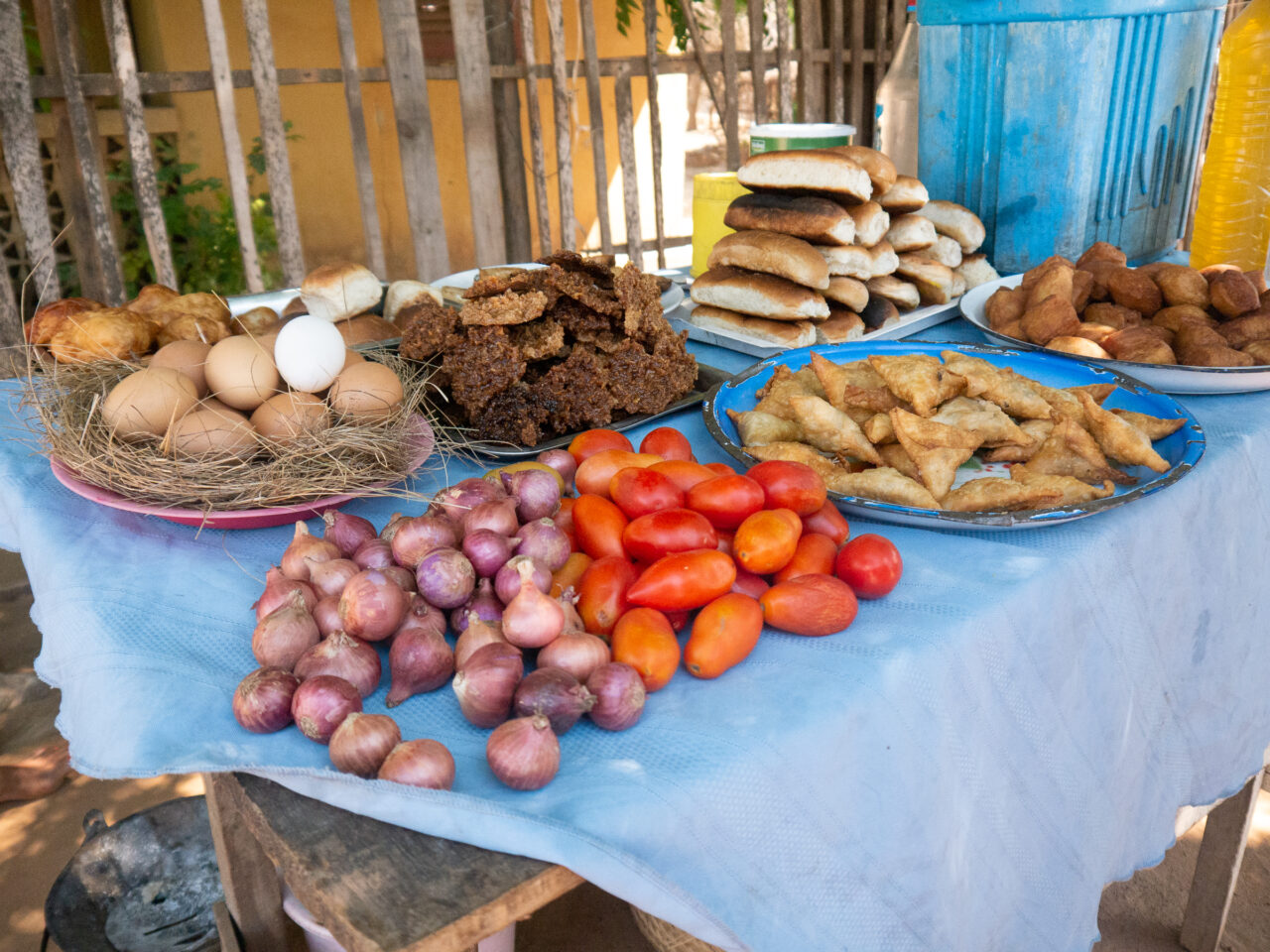
Malagasy cuisine reflects the mix of Southeast Asian, African, Indian, Chinese and European influences present in Madagascar. Rice is a staple here and locals often eat it two or three times a day. This is not surprising, since in the highlands of Madagascar the landscape is filled with green rice fields as far as the eye can see. The rice is usually accompanied by some mix of protein and vegetables, often in a sauce containing ingredients such as tomatoes, garlic, onion, ginger and herbs.
Common foods to be found on the island:
Zebu – Zebu, which is a breed of humped cow in Madagascar, is on nearly every menu. It usually comes as a steak, on skewers or in stews.
Seafood – Since Madagascar is an island, fresh seafood readily available when you’re staying on the coast. If you enjoy things like squid, fish, shrimp and lobster, you’ll find plenty of it in Madagascar.
Fritters – By the side of the road you’ll often see locals with stalls selling fried fritters called mofo. Try Mofo Anana, which are bread fritters containing leafy greens and spices. You’ll also often see Sambusa, which are similar to Indian samosas.
Ramazava: This dish consists of meat (pork or beef) stewed with leaves, herbs and spices, usually served over rice.
Foza sy hena-kisoa: A dish consisting of stir-fried pork, crab and lobster seasoned with lime juice and ginger, served with rice.
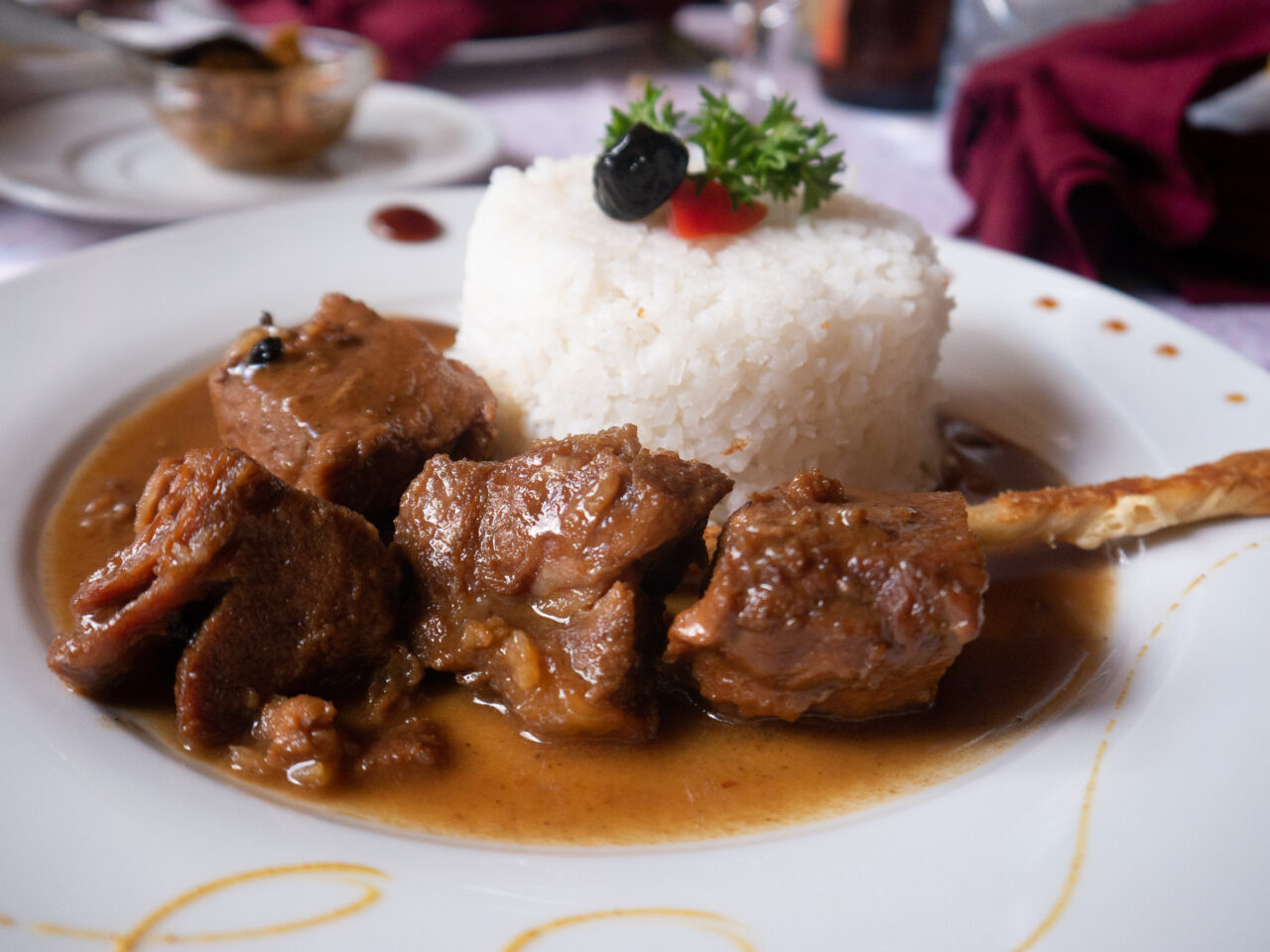
There’s also a heavy French influence in Madagascar, and many tourist restaurants serve a combination of French and Malagasy dishes. You’ll often see:
Foie Gras – The French delicacy foie gras (duck liver pate) is served on some menus in Madagascar. It is however generally a very controversial dish, due to concerns over force-feeding of ducks to enlarge their livers.
Duck confit – Duck confit is a classic French preparation that ensures the duck comes out tender and moist, falling off the bone.
Zebu au Poivre – Zebu is often paired with a creamy peppercorn sauce, just like Steak au Poivre.
Where to Stay in Madagascar
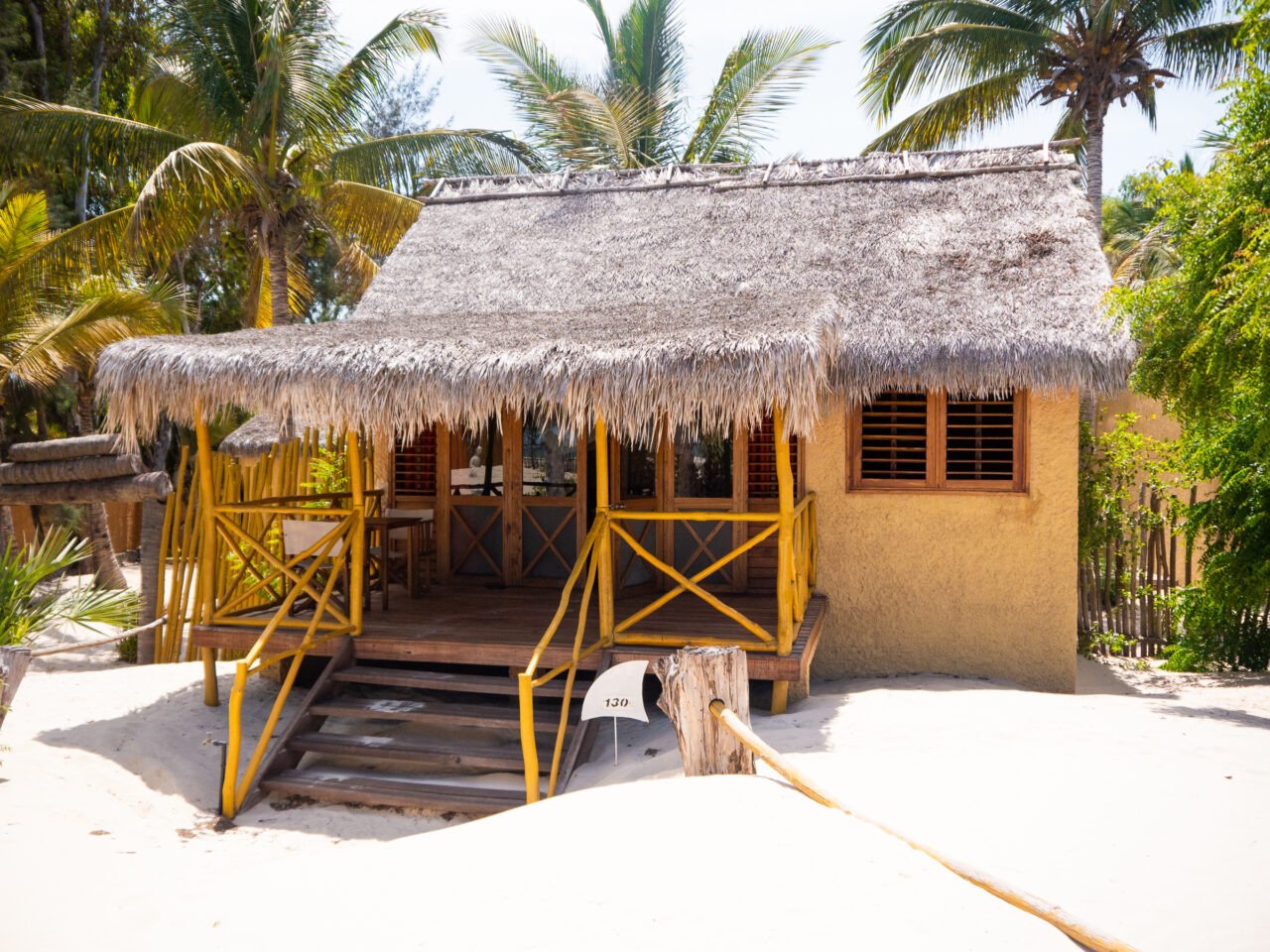
Below is a list of all the places I stayed on my trip to Madagascar:
Relais des Plateaux hotel, Antananarivo – Located 5 minutes from the airport, the Relais des Plateaux hotel offers a free airport shuttle and features and outdoor pool. The hotel is set amongst lush grounds and each room has a view of the garden. Book your stay at Relais des Plateaux here.
Le Louvre Hotel, Antananarivo – Dating back to 1930, Le Louvre Hotel was built by the engineers of Gustave Eiffel, aka the man who engineered the Eiffel Tower. Located in the business district of Antaninarenina, the hotel features a restaurant, bar, tea room and indoor garden. Book your stay at Le Louvre Hotel here.
Palissandre Côte Ouest hotel, Morondava – Perhaps one of the most relaxing hotels I’ve ever stayed at, the Palissandre Côte Ouest is located right on the beach. I had my own bungalow on the beach and it was so nice falling asleep to the sound of the ocean. Located in Morondava, the hotel is just a 30 minute drive from the Alley of the Baobabs. The bungalows are built using materials from Madagascar and the hotel features a pool plus beachside bar and restaurant. Book your stay at Palissandre Côte Ouest here.
Hotel Colbert, Antananarivo – The Hotel Colbert in Antananarivo boasts a casino, where you’ll find visiting businessmen playing blackjack and other casino games. The vibe here is very James Bond-esque. In addition to the casino, this cozy boutique hotel offers 109 rooms and 8 suites, plus 3 restaurants and a balneotherapy spa. Book your stay at Hotel Colbert here.
Indri Lodge, Andasibe – In Andasibe we stayed at the Indri Lodge, which is about 15 minutes drive from the National Park. The lodge offers 21 spacious bungalows, a small pool and a restaurant serving Malagasy and French cuisine. Book your stay at Indri Lodge here.
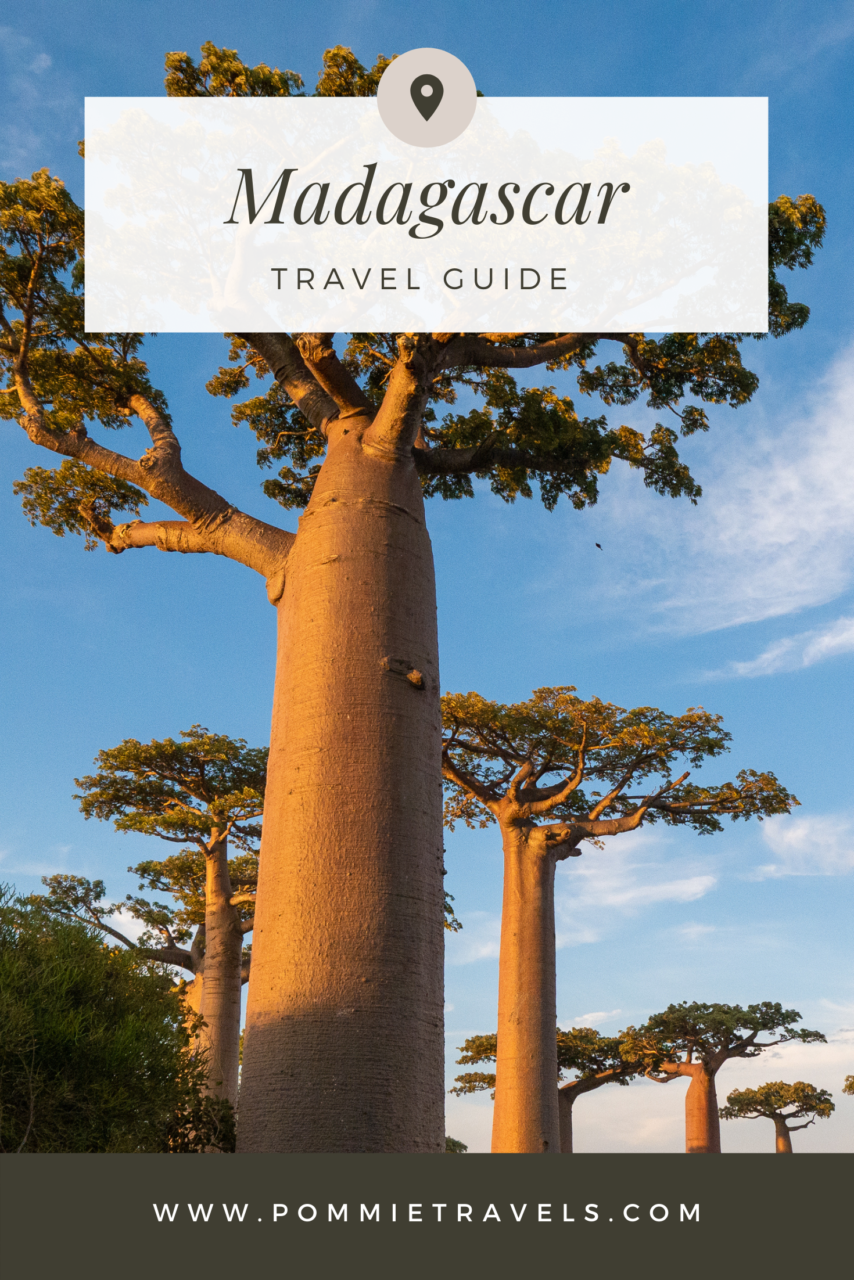

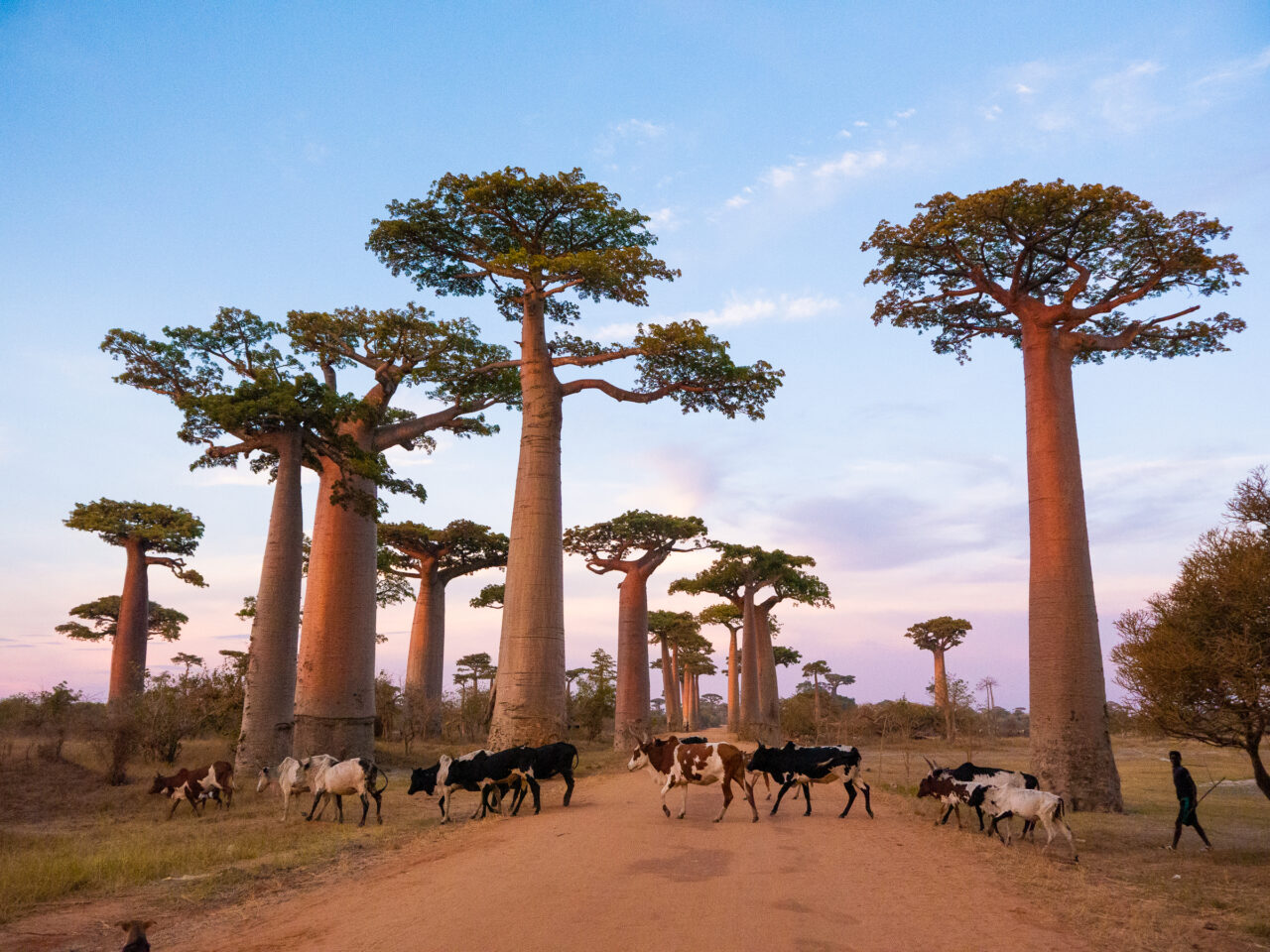
Hey, I loved your Madagascar trip on Pommie Travels. Lemurs, Baobabs, and your insights on Antananarivo – awesome! Planning a trip now, and your safety tips are noted. Excited for the unique culture and landscapes! Cheers for the Madagascar guide!